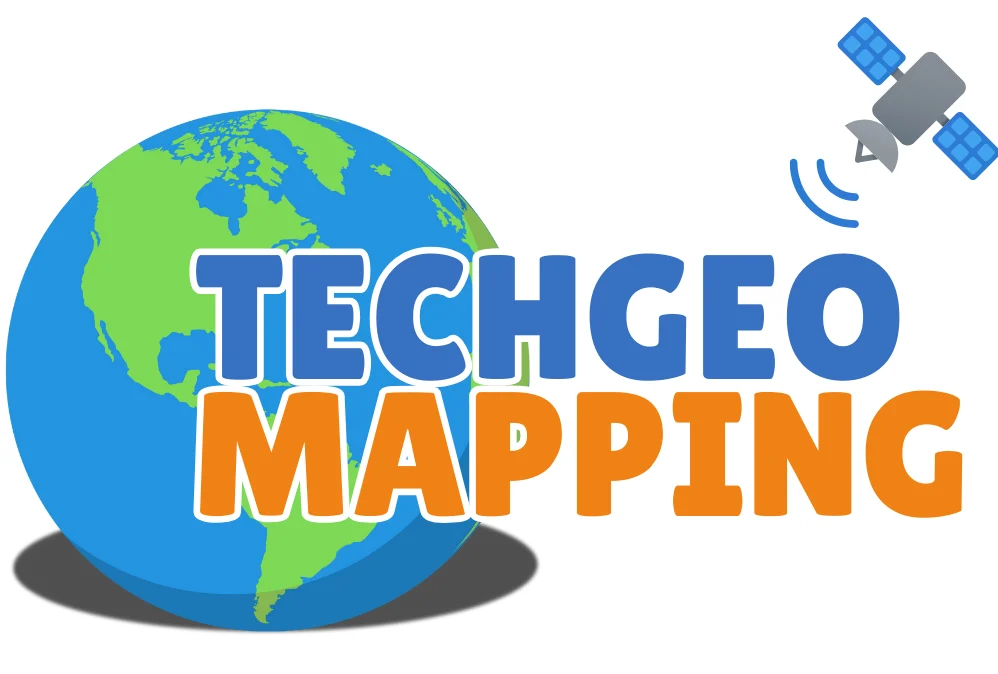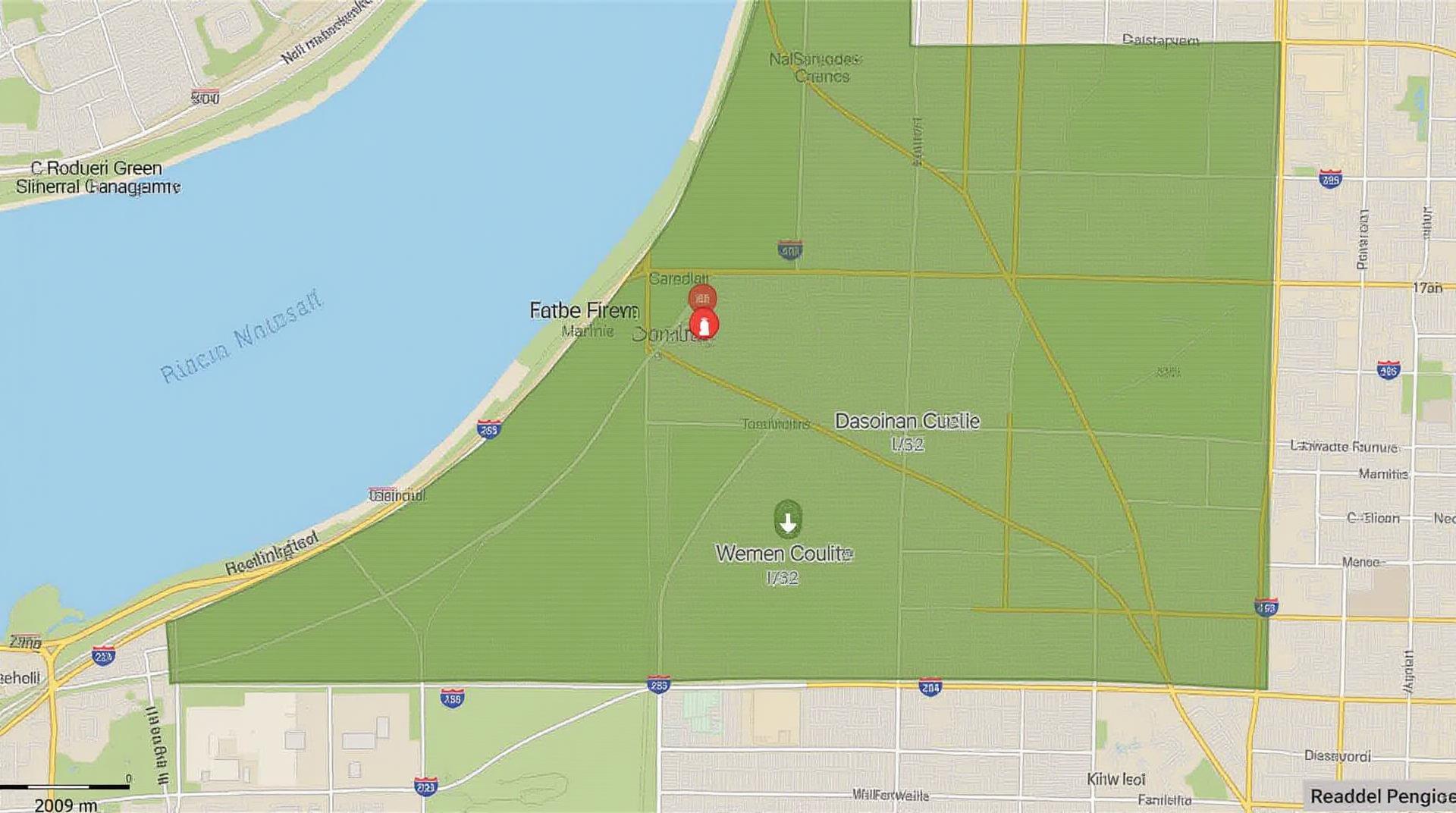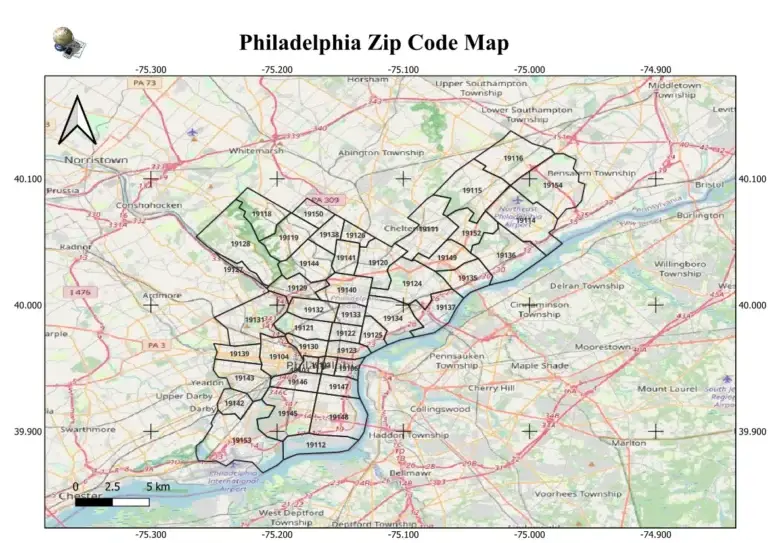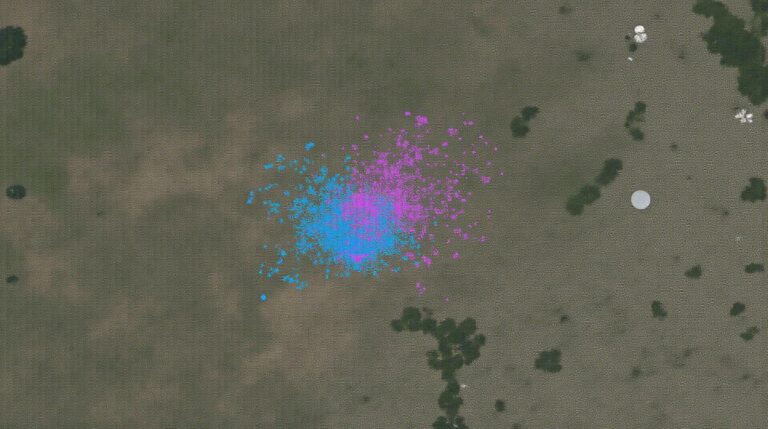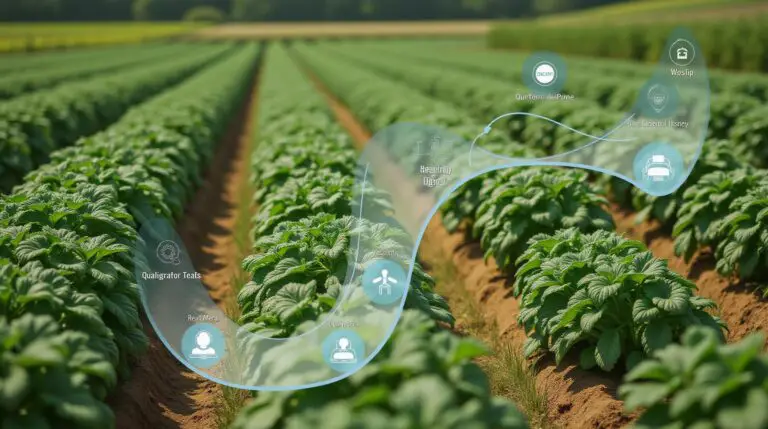Green County GIS: Urban Planning Insights
Green County GIS: Urban Planning Insights

Planning for the future of your community? Leveraging Geographic Information Systems (GIS) can be a game-changer. Green County has a wealth of data and insights waiting to be explored. Join us as we dive into the power of GIS for urban planning, guide you to critical resources, and illustrate their practical applications.
Why GIS Matters for Green County
GIS technologies provide a powerful toolkit for managing and understanding the complex spatial elements within our very environment. It offers a way to visualize this environment and provides critical insights for action, directly impacting the growth, function and resilience of our communities.
**Key Benefits for Green County:**
* **Enhanced Decision-Making:** From zoning regulations to traffic management, GIS enables informed decisions on resource allocation and infrastructural development.
* **Forecasting and Future Projections:** Understanding past trends and patterns helps anticipate future phenomena like population changes, climate shifts, and infrastructure growth.
* **Improved Communication and Collaboration:** Presenting data through interactive maps fosters consensus and collaboration between stakeholders, promoting transparency.
* **Community Engagement and Empowerment:** GIS creates accessible visualizations that highlight local needs and possibilities, encouraging citizen participation.
GIS Data: Discover the Resources
Green County’s GIS provides data on various thematic layers. Here are some central to urban planning:
* **Land Use & Land Cover:** Includes maps of residential areas, commercial zones, industrial sites, and natural features.
* **Demography:** Data on population, housing, ethnicity, age, and income is vital for understanding community demographics.
* **Transportation:** Tracks roads, traffic patterns, public transportation routes, and parking lot locations.
* **Public Infrastructure:** Covers asset locations including schools, hospitals, fire stations, libraries, sanitation facilities, and other crucial infrastructure mappings.
* **Natural Resources:** Includes environmental data such as streams, wetlands, forests, and water quality.
**Reliable Data Sources**:
* **Green County GIS Portal:** Check the official website for Green County, the specific portal might specify licensing terms and data access restrictions.
* **State and National Datasets:** Explore resources from government agencies with broader information on climate, demography, and infrastructure. Examples include U.S. Census Bureau: https://www.census.gov.
GIS Tools and Platforms
* **QGIS:** Designed for free use, it allows geographers and builders to generate maps, analyze data, and model change. A companion to many GIS platforms and integrates well with a variety of powerful tools. See: https://qgis.org/
* **ArcGIS:** A subscription-based commercial platform often used in professional GIS workflows. ArcGis allows for exploration and analysis.
www.esri.com/arcgis
* **OpenStreetMap:** A collaborative mapping project with real-time data to build and contribute to the future maps for Green County. It can be used by researchers and citizens alike.
**How Residents, Businesses, and Researchers Can Utilize GIS Resources**
**For Residents:**
* **Understand Local Issues:** GIS resources help you understand issues like traffic patterns, crime rates, or service availability in your neighborhood, and how future development might impact you.
* **Report Concerns and Opportunities:** Submit proposed developments or suggest improvements for projects through the county’s GIS portal.
**For Businesses:**
* **Target Areas with Data-Driven Insights:** Assess market trends, customer demographics, supply chain reach, and identify locations for new business ventures.
* **Optimize Operational Efficiency:** Minimize logistical hurdles by understanding traffic flows, parking availability, and average travel times.
**For Researchers:**
* **Explore Predictive Modeling:** Explore models to assess potential land-use changes, potential for housing needs, price stability, and the growth patterns of the city.
* **Elucidate Underlying Trends:** Identify correlations between environmental influences and sustainable housing development in Green County.
**Sharing and Collaboration:**
* **Open Data Initiatives:** Green County’s GIS portal may include a section for accessible data for publishing, locating data sets, and documents, fostering scientific collaboration, and community engagement. This is crucial for international and national analysis and while enabling Citizen Science programs.
To discover opportunities and explore the potential of GIS in your community, start by visiting the Green County GIS portal and begin utilizing its resources.
Frequently Asked Questions
Green-County-GIS aims to provide easy access to valuable GIS data for everyone. If you have questions about what we offer, how to use it, or navigate our services, please check out our FAQs below.
Availability
What types of GIS data do you provide?
We offer a variety of GIS data for Green-County, including:
- Roads & Streets
- Land Parcels & Ownership
- Development Plans & Permits
- Environmental Data & Resources
Is the data free to download?
Yes, most of the data we provide is open-source and available for free download. We do offer some data services for paid access at a competitive rate based on the specific request.
Formats
What file formats do you offer?
Files can be exported in various formats, allowing for compatibility with popular GIS software. You can find details on our format list with download links below.
Usage
How can I access and use the data?
Detailed information on using Green-County-GIS is available on our Data and Tools page. You can also utilize these resources:
- Google Maps Integration: Find location-specific data through the integration with Google Maps.
- Geospatial Platforms: Choose from a range of compatible platforms to utilize the data.
What are the next steps for accessing the data?
- Check our detailed Data and Tools page.
Importance of GIS
GIS data is vital for Green-County-GIS to effectively serve our community. GIS plays a key role in:
- Planning and Infrastructure: Public works projects, facility planning, emergency response.
- Environmental Protection: Tracking pollution, managing natural resources, guiding conservation efforts.
- Economic Development: Business outreach, economic planning, site selection, inventory production
Investing in GIS data benefits Green-County-GIS and promotes significant social, economic, and environmental improvements for our citizens.
Check similar topics:
